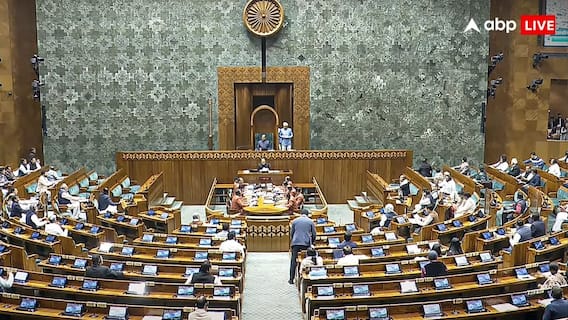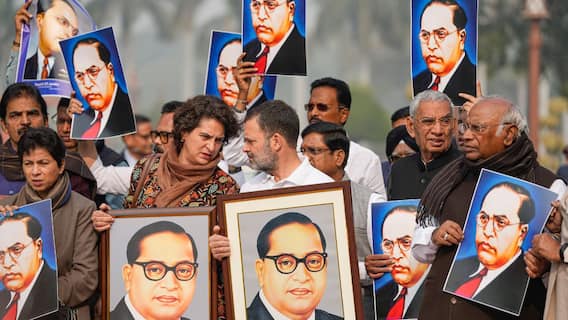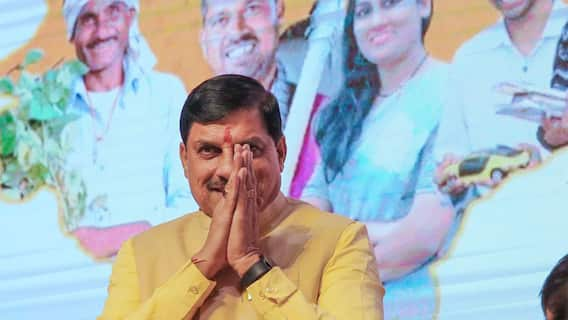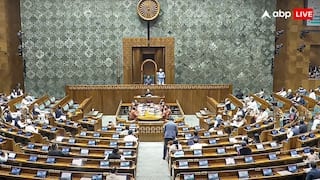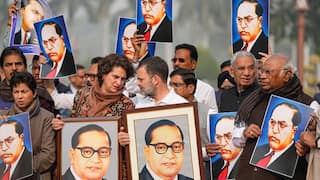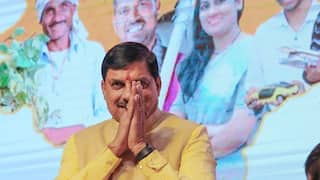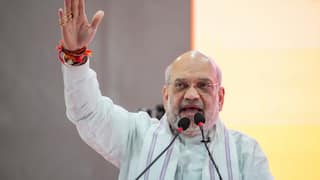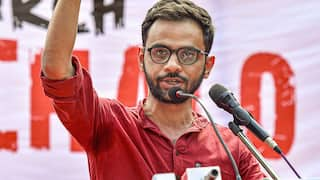India Is Trusted And Stable But ‘More Expensive’ Than China, Vietnam For Businesses: US Trade Body
In an interview to ABP Live, Atul Keshap, president of the US-India Business Council says American firms expect greater ‘transparency, predictability’ in policies in the upcoming Union Budget 2023.

New Delhi: India continues to be ‘more expensive’ compared to China, Mexico or Vietnam for American businesses even as they expect greater “transparency and predictability” in the upcoming finance budget, according to Atul Keshap, President, US-India Business Council (USIBC) at the US Chamber of Commerce.
In an exclusive interview to ABP Live, Keshap said while American firms operating in India are doing robust business in the country, easing of regulations and more predictability in policies will bring in more investments from the US to India and that remains one of the main demands from the upcoming finance budget.
“Any investor is going to look for ease of doing business, very transparent regulatory practices, predictability in regulation, level-playing field and speedy resolution of disputes. This is not rocket science. This is how the Singaporeans developed their economy into a titan. They studied regulatory practices in the world, they figured out which ones are the best, then cobbled out something even better and they built it and people flock in. There are more American companies invested in Singapore than in the entire rest of ASEAN,” Keshap told ABP Live.
“There have been some successes (in India). There are absolutely happy companies that are enjoying it really well. But India is still more expensive than China. Logistics costs are very much more than China ... This is India’s golden moment. It is a trusted, stable, massive, multi-layered democracy that is widely admired around the world but compared to Vietnam, Mexico, Ohio or China, India is still a little more expensive and because it’s a democracy a little more complicated… So regulatory coherence is very important,” he added.
Lauding some of the programmes rolled out by the government such as the ‘PM Gati Shakti - National Master Plan for Multi-modal Connectivity’ and the ‘National Logistics Policy’, Keshap said India’s infrastructure development has grown by leaps and bounds but, he said, it is imperative to focus on “regulatory transparency, coherence and predictability.”
He also said India has taken some policy actions such as the legislation on retrospective taxation that have made a positive impact around the world.
“The world is noticing. This is India’s moment. This is India’s breakout moment. If we can just smooth the path of it you will see a lot of investors come in … India is still not as easy as other places. And if you are a business person and you have to make a profit then you are going to look at other places compared to India,” he added.
The Union Budget 2023-24 will be presented by Finance Minister Nirmala Sitharaman in Parliament on February 1.
‘Smaller Agreements Leading Up To Trade Pact’
While the Joe Biden administration in the US has ruled out any possibility of having a free trade agreement (FTA) between India and America, unlike what was a priority under former president Donald Trump, Keshap believes both sides can sign smaller agreements across various sectors leading up to a larger trade pact.
“A trade agreement is a very complex agreement. But I believe in these very difficult, strategic times the US and India have a responsibility to expand trade between the two countries, and we have a responsibility to expand investments. And while it may take time to get to an FTA we should make that our goal and we should work toward it. Things are not getting easier in this world and we need to be prepared,” said Keshap.
He also said that by negotiating and signing large-scale FTAs with the UK, Australia, Canada and the UAE, among others, India is “showing an encouraging face to the world with regard to trade agreements”.
“But the US and India are going to have to have a vastly complicated trade agreement given the size of our economies, complexity of our political systems. There are different ways to that goal, you can slice it and do some discreet things like the digital services agreement, MoUs discreetly and individually heading toward a macro agreement,” he added.
India and the US held yet another round of the ‘Trade Policy Forum’ earlier this month in Washington DC, which had been stalled during the Trump era. The TPF was chaired by Commerce and Industry Minister Piyush Goyal and US Trade Representative Katherine Tai.
Under President Trump, India was stripped of certain trade benefits under the US Generalised System of Preferences program, or GSP. This was done because the US continues to have a trade deficit with India that is expected to reach $30 billion by the end of this fiscal.
“GSP has to go through Congress and that is obviously complicated and political. But GSP is also something that countries on the lower end of the exports really need to get into the US market. India is a world-class competitor, the digital economic companies and services companies (of India) are world-class,” said Keshap.
He added: “India is one of the few countries with which the trade flows are very advantageous to India with regards to the United States. So, I don’t think this (GSP) is a very big issue in the bilateral context. Obviously, there are a few exporters here who are focussed on it but again it involves politics in the US and affects not just India but a lot of countries around the world.”
'Urgent Responsibility To Get US-India Trade Right'
According to the former US diplomat, two-way trade between India and the US can reach $500 billion due to growth in digital innovation services and also in life sciences, supply chains, e-commerce and manufacturing.
“India is a highly sophisticated economy but the more it opens up, the more it realises that it can compete on a global scale on anything. It will shorten the path to become a $30 trillion economy. So I will see a lot of optimism in how much can happen between us,” Keshap highlighted.
He added: “By 2030 it (India) could be a $5 trillion economy or more, by 2040 it can be $10 trillion and by 2047 it could be $20-$30 trillion. So we have an urgent responsibility to get the US-India trade right and we got to get it done right now because these are dangerous geostrategic times.”
Trending News
Top Headlines





